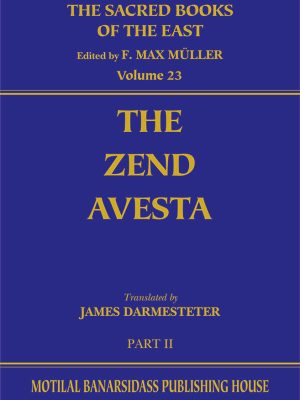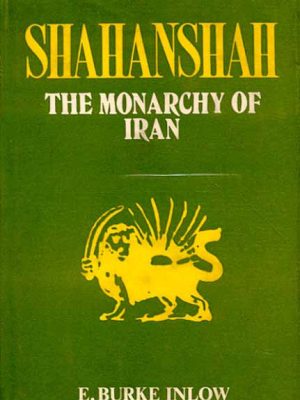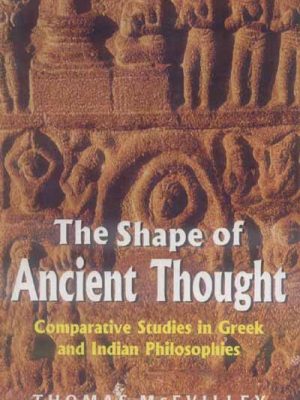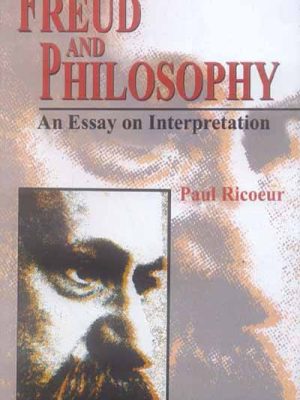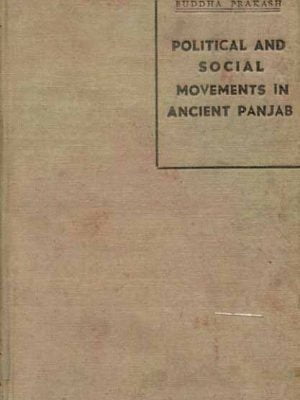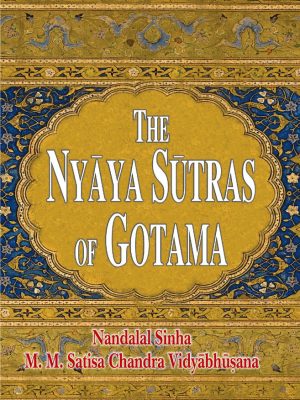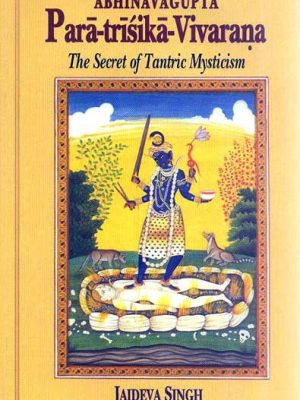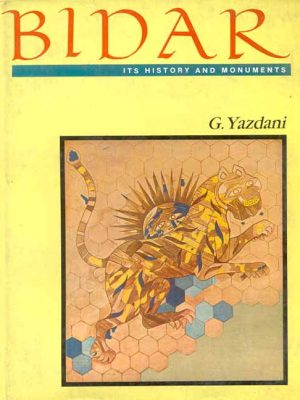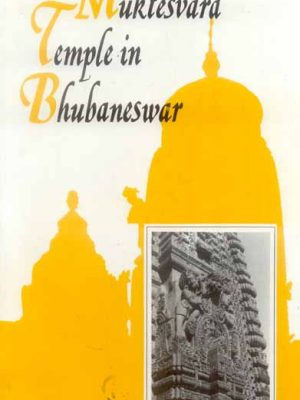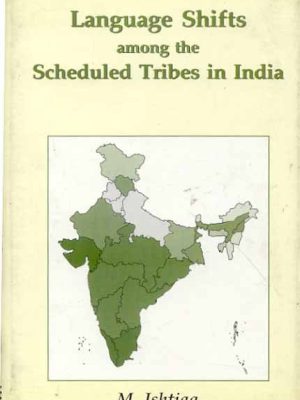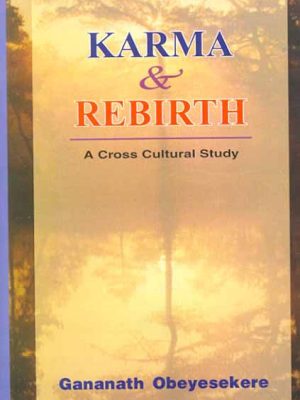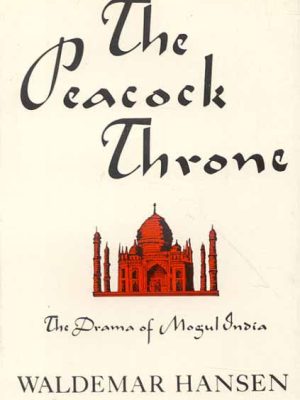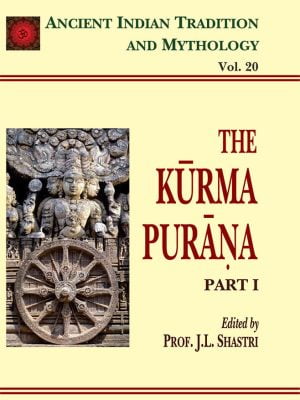
Motilal Banarsidass Publishing House
-
Shahanshah: The Study of Monarachy of Iran
This Book is a study in political and legal theory. Its concern is with the power of Shahanshah- its essential nature its traditions the exercise of its function. In 7 Chapters, identifiable with the office of the Shahanshah the book offers – a synopsis of Iranian National Epic (1) Aspects of Achaemenid history and the establishment of the Monarchy (2) the aristocracy (3) the relationship between politics and religion (4) the armed forces (5) the Government (6) and law justice and rule (7). This is not a formal history but a record of series of parallels.
₹695.00 -
-
-
-
Bidar: Its History and Monuments
The town of Bidar, some eighty miles from Hyderabad, flourished as the capital of the Bahmani kings during a hundred years from about the middle of the fifteenth century. It afterwards experienced sundry vicissitudes, and fell into complete decay in the later part of the nineteenth century, its once beautiful palaces and public buildings, formerly the envy of the great cities of India, becoming a neglected mass of debris. Dr. Yazdani, who visited Bidar for the first time in 1915, drew up a comprehensive programme for the thorough repair and conservation of the monuments at Bidar, and the work has been carried out through the enlightened policy of the NizamÍs Government by whose authority the present magnificently illustrated record has been made available. It surveys the physical features, history, and architecture of Bidar in Chapters I-III and thereafter treats in detail the numerous historical monuments, which include rare masterpieces of architecture and ornament in the palace buildings, temples, mosques, and tombs.
₹1,395.00Bidar: Its History and Monuments
₹1,395.00 -
The Muktesvara Temple in Bhubaneswar
The Muktesvara Temple in Bhubaneswar
The Muktesvara Temple in Bhubaneswar
About the Author(s)
WALTER SMITH
₹950.00 -
Peacock Throne: The Drama of Mogul India
Epics of history are rare and The Peacock Throne is one of them. No royal lineage offers such a spectacle of high drama as the Mogul Dynasty of India which created the world’s most famous monument-the Taj Mahal. Not since Greek tradedy has there been so stark a revelation of the excesses of human behavior: incest, fratricide sons revolting continuously against fathers and the madness of uncontrolled aggression. These are the forces animating The Peacock Throne which brings India to both Eastern and Western readers as never before.
₹995.00
